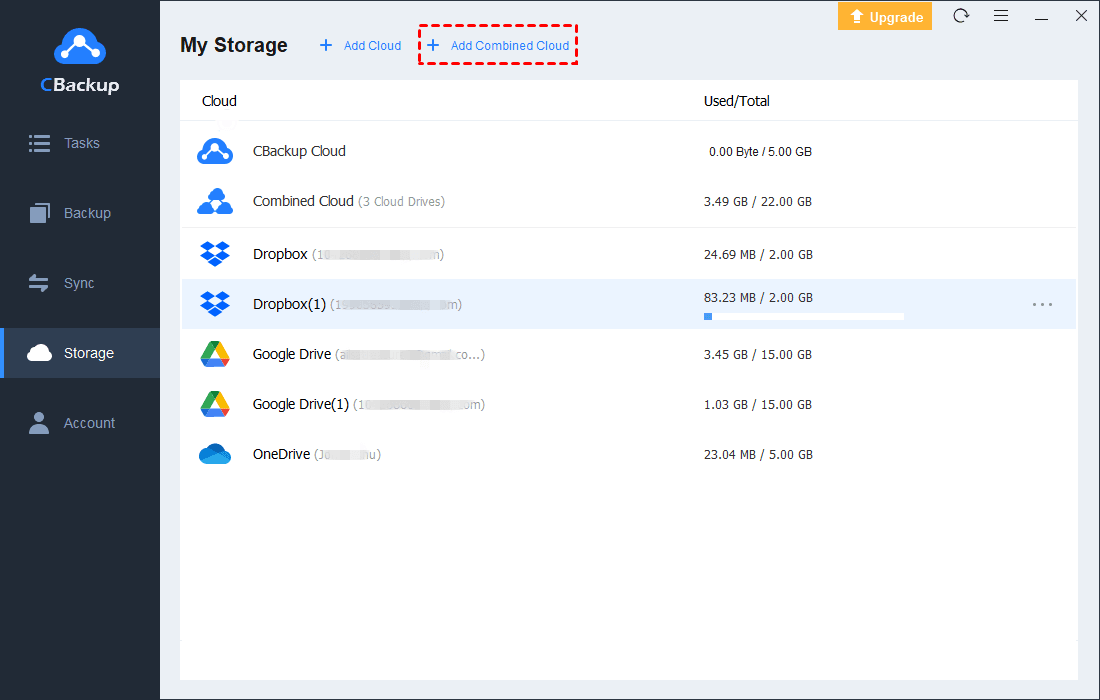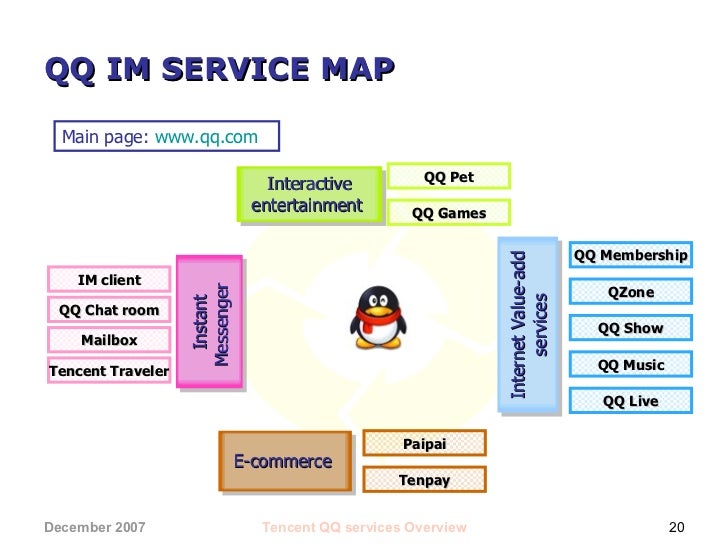How To Large File From Qq Mail
I had to deal with a “huge” mail.que file this morning and thought of letting you know how to handle similar issues.So, here is the scenario

You will receive a notification that the file is too large. And an option to “Use Mail Drop” instead. If the video is not already on your iCloud, it will upload there first. Send large files using Google DriveThis video shows you how to send large files in gmail using Google drive. Google drive is very useful for file transfer. However, as pCloud has no file size cap and decent file sharing features, its 10GB free plan is a great option for sending large files. You can find out more in our full pCloud review.

- Came to know about this issue only when SCOM alerted for a low disc space
- On one of the hub transport servers, the mail.que file reached to 148GB (unbelievable)
Large File Free
A lil about the mail.que file:
The mail.que file temporarily stores all emails before it is delivered to the target. It is an ESE database which means it is similar in architecture like an Exchange mailbox database, the edb file.

As per a TechNet article

A queue is a temporary holding location for messages that are waiting to enter the next stage of processing. Each queue represents a logical set of messages that a transport server processes in a specific order. Queues exist only on servers that have the Hub Transport server role or Edge Transport server role installed.
Let’s take a look at the other files residing in this location:
Trn.chk – Checkpoint file like E0x.chk in exchange
Trn.log – The transaction log file which is getting committed now. Similar to E00.log in exchange
Trntmp.log – The next transaction log file which is created in advance.
Trnnnn.log – Next transaction log file created when Trn.log reaches its maximum size.
Trnres00001.jrs – First reserve log file. Only used when the hard disk drive that contains the transaction log runs out of space to stop the queue database cleanly
Trnres00002.jrs – Second Reserve log file.
Temp.edb – Temp database used to verify database schema on start-up.
Back to the issue:
You need to know 2 important terms before we proceed since this issue could have caused due to a combination of both:
- PipelineTracingEnabled: This is used for troubleshooting purposes and is not enabled by default.
- MaxDumpsterSizePerStorageGroup: This is for Exchange 2007. The maximum size of the transport dumpster queue per storage group. This is a universal setting for all storage groups; you can’t set variable sizes for each storage group. The recommended size is 1.5 times the maximum message size that can be sent. For example, if the maximum size for messages is 10 megabytes (MB), you should configure the MaxDumpsterSizePerStorageGroup parameter with a value of 15 MB. Read more here
You can use the cmdlet: Get-TransportServer | fl to get these details.
In my case, tracing was enabled and the dumpster was specified to be 50GB.
Enough talking and lets delete it now
This is the suggested way to get rid of the old mail.que file and get a new one without any downtime. I proceed under the assumption that you have multiple hub transport servers to process emails so, no emails will be processed at the time of this change. This
should take about less than a minute. I will call the Hub transport server HUB01. Remember that steps 6-8 are very important and will ensure none loses emails
- Login to HUB01
- Open exchange management shell and run “Get-TransportServer ” HUB01″ |fl
- Here, look for PipelineTracingEnabled. This should be set to False. If not, run
Set-TransportServer HUB01 -PipelineTracingEnabled $False
MaxDumpsterSizePerStorageGroup is in MB’s and not GB’s
MaxDumpsterTime : 7.00:00:00
If not, run
Set-TransportConfig -MaxDumpsterSizePerStorageGroup <size> -MaxDumpsterTime <timespan>
- Now run “Get-Queue” and take a look at the count of messages in HUB01
- Goto services.msc and Pause the Microsoft Exchange Transport service
- Again, run “Get-Queue” and ensure all pending messages are “zeroed” out
- Once messages pending becomes zero, stop the Transport service
- Move the mail.que file and all others to a new folder in the same location
- Start the Transport service
- Take a look at the queue again
- You should see that messages would have started getting delivered
- Now you can backup or safely delete the old mail.que file
Ratish Nair
MVP Exchange
Team@ MSExchangeGuru
Keywords: Delete mail.que file, delete large mail.que file, mail.que file large in size, huge mail.que file in exchange, exchange 2007 mail.que file, mail.que file too big
Apple added a clever option in its 2014 Mac operating system update for letting the Mail app handle large files. Many email servers limit the file size of attachments to something that can be quite modest—in the 10s to 100s of megabytes. This is partly to prevent spam and harassment that could clog a mail server or an email account, putting a user over their quota.
But it’s also just for plain efficiency. Email is a terrible way to send large files.
How To Large File From Qq Mail To Pdf
For an iCloud account, you can choose to check the “Send large attachments with Mail Drop” box in Mail > Preferences > Accounts in the iCloud account’s Account Information tab. Apple has never defined how large “large” is, presumably so it vary that amount over time or based on factors for individual recipient mail servers.
Based on reader email, it’s not clear that Mail Drop works only with iCloud accounts. They attempt to send a large attachment and are told the receiving server has rejected it and Mail suggests trying again. (Why? You’d get the same result.)
It’s also quite easy in the Mail app, when you have multiple accounts configured, to compose and send a message from an address other than you intended. You can confirm which account is being used by looking at or clicking the address in the “From:” popup menu in the message you’ve created.
You have several alternatives to Mail Drop, including using iCloud Drive storage. Nearly all online storage and sync systems let you upload or sync a file and then create a shareable link from it, sometimes with an attached time limit. Then, instead of attaching a file to your email, simply paste a link into the body of the message for someone to use.
With iCloud Drive, select a file or folder, click the Share icon in the toolbar, and then select Add People. You can click Copy Link and expand Share Options, from which you can select as “Who can access” “Anyone with the link.” You may also want to change Permission to “View only.”
With Dropbox, Control-click a file or folder and choose Copy Dropbox Link.
With Google Drive, the instructions have a few more steps and requiring visiting drive.google.com via a browser. Follow these steps.
This Mac 911 article is in response to a question submitted by Macworld reader Janet.
Ask Mac 911
Qq File Download
We’ve compiled a list of the questions we get asked most frequently along with answers and links to columns: read our super FAQ to see if your question is covered. If not, we’re always looking for new problems to solve! Email yours to mac911@macworld.com including screen captures as appropriate, and whether you want your full name used. Not every question will be answered, we don’t reply to email, and we cannot provide direct troubleshooting advice.